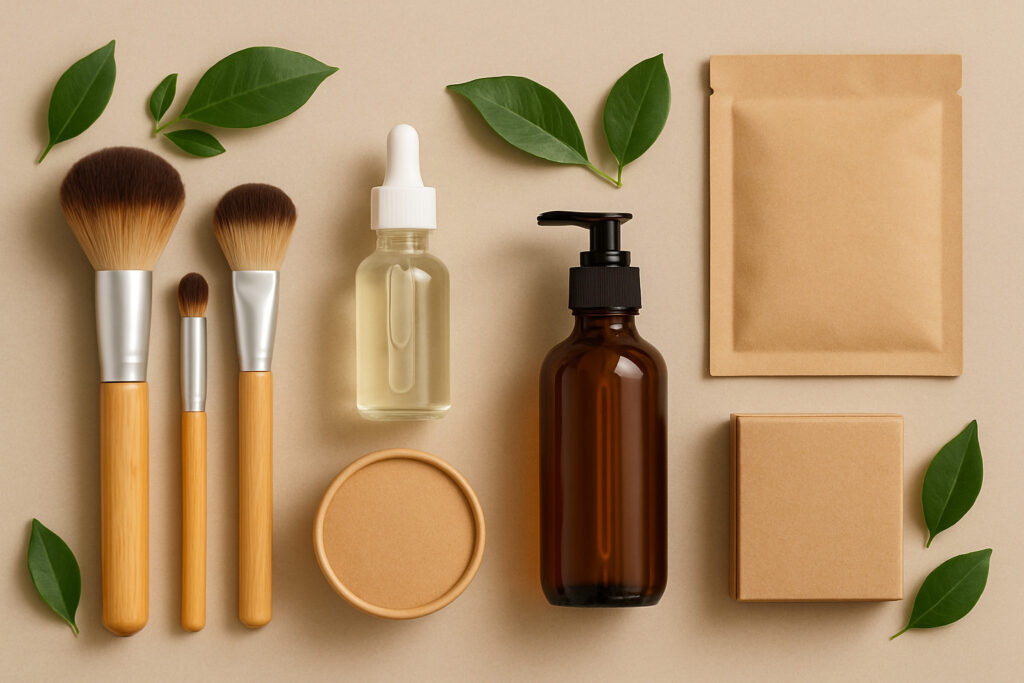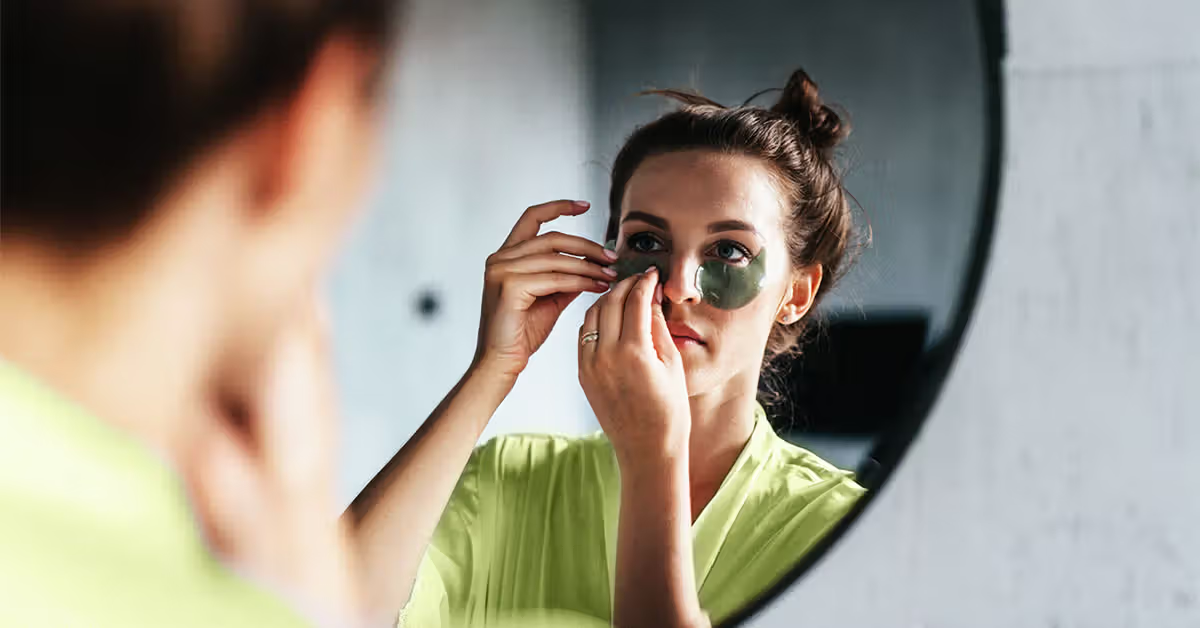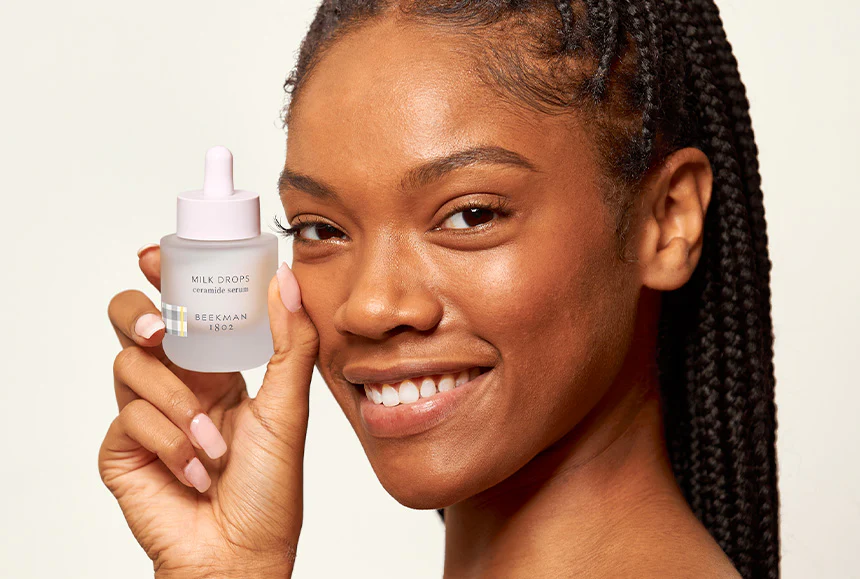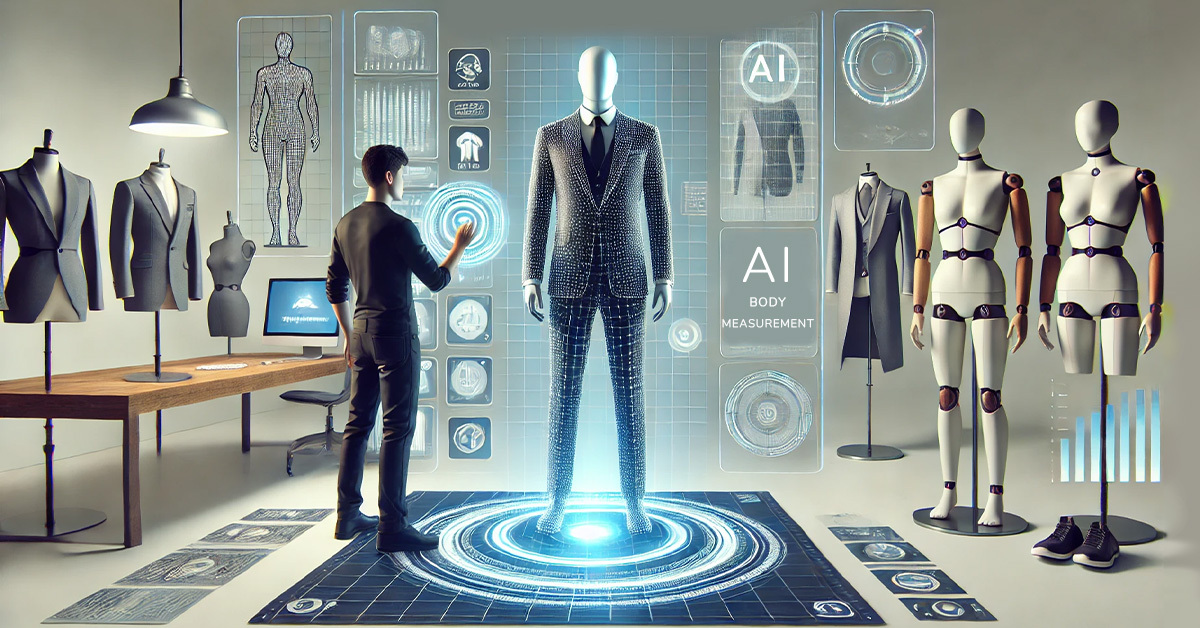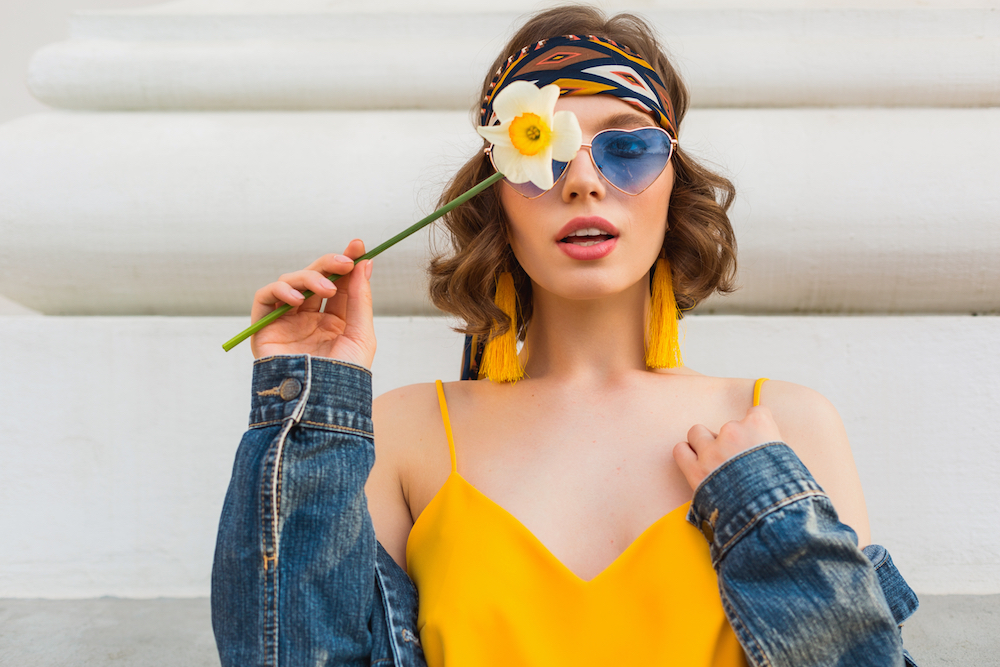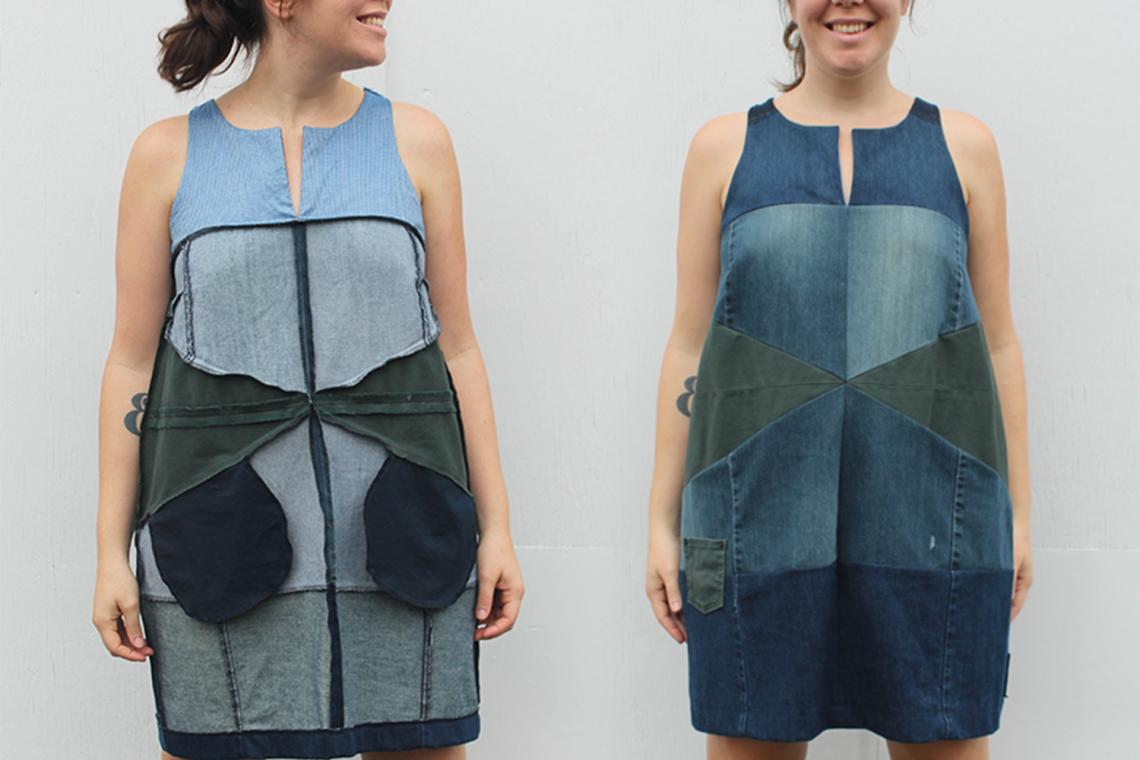Why the Beauty Industry Needs a Green Revolution
Sustainable beauty products are changing how we think about our daily routines, and the change couldn’t come soon enough. The beauty industry produces a staggering 120 billion units of packaging every year, with around 70% of that waste coming from packaging alone. Even more alarming? Only 14% of cosmetic waste ever reaches recycling centers.
Quick Guide to Sustainable Beauty Products:
• What they are: Beauty items made with eco-friendly ingredients, ethical sourcing, and minimal environmental impact packaging
• Key features: Refillable containers, compostable wrapping, plastic-free formulas, cruelty-free testing
• Top formats: Solid bars, multi-use balms, aluminum containers, concentrated formulas
• Certifications to look for: B Corp, ECOCERT, Leaping Bunny, FSC-certified packaging
• Benefits: Reduced waste, lower carbon footprint, safer ingredients, support for ethical brands
The numbers tell a powerful story about consumer demand. 67% of beauty buyers actively seek sustainable products, while 76% plan to shop more with eco-friendly retailers. This isn’t just a trend—it’s a fundamental shift driven largely by Gen Z consumers who refuse to compromise their values for their vanity.
As one sustainability expert noted: “Sustainability is the new luxury and these beauty brands are leading the way — from clean ingredients to innovative packaging, and so much more.”
The ripple effects go far beyond packaging. Nine out of ten products from major cosmetic brands contain microplastics that end up in our oceans. Meanwhile, transportation alone accounts for 30-50% of a beauty company’s carbon emissions.
But here’s the encouraging part: brands are responding. Some have sold over 200,000 refill units for single products, proving that consumers will accept sustainable alternatives when they’re available and effective.

Why Sustainability Matters in Beauty
Your morning skincare routine might seem harmless, but the environmental impact hiding behind those sleek bottles tells a different story. When we look at the full journey of conventional beauty products—from ingredient sourcing to that final pump of moisturizer—the picture becomes both eye-opening and urgent.
The packaging crisis alone should make us pause. With 120 billion units of beauty packaging created every year, most of which lands straight in landfills, we’re literally drowning in beauty waste. What makes this even more frustrating? Most of this packaging wasn’t designed to be recycled in the first place.
Those gorgeous multi-layered containers, tiny caps, and mixed plastic components look beautiful on your vanity, but they’re a nightmare for recycling facilities. The result? Only a heartbreaking 14% of cosmetic waste ever makes it to recycling centers.
But here’s where it gets really concerning. Scientific research on plastic waste shows that nine out of ten products from major cosmetics brands contain microplastics. These tiny particles don’t magically disappear when they swirl down your drain—they accumulate in our oceans, work their way up the food chain, and eventually end up back in our bodies.
The carbon footprint of beauty is equally sobering. Two-thirds of a cosmetics company’s emissions come from its supply chain, with transportation alone accounting for 30-50% of the total. When your face cream’s ingredients travel from five different continents before reaching your bathroom, the environmental cost adds up fast.
Consider the journey of a typical moisturizer: shea butter harvested in Ghana, hyaluronic acid synthesized in China, essential oils distilled in France, packaging manufactured in Malaysia, and final assembly in the United States. Each step requires energy, transportation, and often additional packaging for protection during shipping. The cumulative carbon footprint can be staggering—sometimes exceeding the environmental impact of the product’s entire useful life.
Water usage presents another hidden environmental cost. Manufacturing cosmetics requires enormous amounts of water—not just for the products themselves, but for cleaning equipment, cooling systems, and waste treatment. A single cosmetics facility can use millions of gallons annually, often in regions already facing water scarcity.
Here’s the encouraging news: consumers are waking up. A 2023 study found that 67% of eco-minded shoppers actively seek sustainable alternatives, with 62% saying sustainability matters more to them today than it did two years ago. This shift in values is forcing brands to completely rethink how they do business.
The generational divide is particularly striking. Gen Z consumers, who will represent 40% of global consumers by 2030, refuse to separate their values from their purchasing decisions. They research brands’ environmental practices, share sustainability wins and failures on social media, and actively boycott companies that engage in greenwashing. This generation views sustainable consumption as a form of activism.
Focus Keyphrase: Sustainable beauty products & the planet
The connection between sustainable beauty products and planetary health isn’t just nice-to-have anymore—it’s essential. Every choice we make, from choosing a shampoo bar over a plastic bottle to investing in refillable makeup, either adds to the problem or becomes part of the solution.
Carbon emissions from beauty manufacturing are significant, but they’re not unstoppable. Forward-thinking brands are proving that lower-impact beauty is absolutely possible by switching to renewable energy in their facilities and bringing production closer to their customers. Some companies have slashed their transportation emissions by up to 50% simply by manufacturing regionally instead of globally.
Innovative brands are also rethinking ingredient sourcing to minimize environmental impact. Biotechnology now allows companies to grow ingredients like squalane from sugarcane instead of harvesting it from shark liver oil. Lab-grown alternatives to traditional botanicals can provide identical benefits while requiring 95% less land, water, and energy than conventional agriculture.
The landfill crisis presents another wake-up call we can’t ignore. With such a tiny fraction of cosmetic waste reaching recycling centers, the vast majority sits in landfills for hundreds of years. As plastic components slowly break down into microplastics, they contaminate soil and water systems for generations to come.
Marine ecosystems bear a particularly heavy burden from beauty industry waste. Ocean currents carry microplastics from cosmetics to the most remote corners of our planet. Scientists have found these particles in Arctic ice, deep-sea sediments, and the stomachs of marine animals thousands of miles from any human settlement.
The good news? When we choose sustainable beauty products, we’re voting with our wallets for a cleaner future. Every refillable compact, compostable wrapper, and plastic-free formula sends a clear message to the industry: we want beauty that doesn’t cost the earth.
Brands are responding to this demand with remarkable innovation. Some companies now operate carbon-negative facilities, meaning they remove more carbon from the atmosphere than they produce. Others have achieved zero-waste-to-landfill status, finding creative uses for every byproduct of their manufacturing process.
What Makes a Beauty Product Sustainable?
Choosing sustainable beauty products is really about thinking beyond the label and asking how a formula, its ingredients, and its container affect people and planet from start to finish.
Ethical ingredients & transparency
�� Workers are paid fairly and ecosystems stay intact.
�� Brands share exactly where and how every ingredient is grown or made.
Cruelty�free every step
“No animal testing” must include raw materials, finished goods, and thirdparty labs. The Leaping Bunny logo is the safest shortcut.
Lowcarbon manufacturing
Renewable energy, closedloop water systems, and local production can slash a products carbon footprint by 50plus percent.
Smart packaging
Refillable jars, endlessly recyclable aluminum, or truly compostable wraps keep containers in circulation instead of landfills. Concentrated bars and powders go further by removing the water (and the bulky bottle) altogether.
Lifecycle thinking
Before launch, forwardthinking brands audit a products full journey to avoid simply shifting impacts from one stage to another.

Certifications to trust
�� B Corp 6 wholebusiness sustainability benchmark
�� ECOCERT / COSMOS 6 natural & organic ingredient standards
�� Leaping Bunny 6 independently verified crueltyfree
�� FSC 6 cardboard and paper from responsibly managed forests
Quick guide to spotting greenwashing
- Vague words like “natural” or “eco” without numbers or proof.
- Homemade seals instead of thirdparty logos.
- No information about suppliers or factories.
- Impossible claims such as “chemicalfree.”
If a company isnt eager to share hard data, keep shopping. Every purchase of sustainable beauty products rewards the brands that are already doing the work.
Product Roundup: Sustainable Beauty Products for Every Routine
Planetfriendly swaps now exist for almost everything in your bathroomand most work just as well, if not better.

Skincare essentials
�� Nextgen cleansing bars – pHbalanced options for face or body, wrapped in compostable paper.
�� Solid body butter – waterfree moisturiser that melts on contact, zero plastic.
�� Serum sticks – vitamin C or retinol in recyclable tubes.
Find more budgetfriendly ideas in Affordable Organic Skincare.
Makeup musthaves
�� Multistick colours – one tube covers lips, cheeks and eyes.
�� Refillable compacts – keep the case, swap the pan.
�� Aluminum lipsticks – 7080 % recycling rate beats plastic every time.
Explore the latest in Plastic-Free Cosmetics.
Hair & body care
�� Shampoo + conditioner bars – one bar often equals two or three bottles.
�� Bamboo brushes – fastgrowing, biodegradable handles.
�� Lightweight refill pouches – up to 80 % less packaging than rigid bottles.
Stepbystep routines live in our Eco-Friendly Beauty Routines.
Smart tools & accessories
�� Gua Sha tools – stone or metal pieces that last decades.
�� Safety razors – stainless handles + penniesperblade refills.
�� Reusable rounds – organic cotton pads that replace hundreds of disposables.
�� Soap saver bags – use every last sliver while gently exfoliating.

Each of these sustainable beauty products proves you dont have to compromise on results to protect the planet.
How to Shop Smart & Drive Change
Your shopping choices have more power than you might realize. Every time you choose sustainable beauty products, you’re casting a vote for the kind of world you want to live in—and beauty brands are definitely listening.
Think about it: when 67% of consumers actively seek sustainable products, that’s not just a trend anymore. That’s a market force that companies can’t ignore. We’re already seeing brands scramble to reformulate products, redesign packaging, and completely restructure their supply chains. Your wallet has become your voice, and it’s speaking loud and clear.
Consumer demand power is creating real, visible change across the industry. Brands that once dismissed sustainability as a niche concern are now making it central to their business strategy. When you choose a refillable lipstick over a disposable one, or pick up a shampoo bar instead of a plastic bottle, you’re contributing to a shift that’s reshaping how beauty products are made and sold.
The shopping experience itself is evolving too. Retailer take-back programs are popping up everywhere as stores recognize that customers want convenient ways to dispose of beauty packaging responsibly. These in-store recycling bins accept packaging from any brand—not just what you bought from that particular store. It’s like having a beauty recycling concierge right in your favorite shop.
Refill stations are another exciting development. Picture this: you walk into a store, bring your empty container, and fill it up from bulk dispensers—just like at a natural food store, but for your favorite serum or moisturizer. Customers using these stations often save money while dramatically reducing packaging waste. Plus, there’s something satisfying about watching your container fill up with fresh product.
Major retailers are stepping up in impressive ways. The Sephora Pact Collective recycling program shows how even beauty giants can make recycling easier for everyday shoppers. They’ll take your hard-to-recycle beauty packaging and ensure it gets processed properly—no more guilt about tossing that mascara tube in the trash.
Technology is making smart shopping easier too. Ingredient apps let you scan product barcodes to instantly reveal what’s inside and how sustainable the brand really is. It’s like having a sustainability expert in your pocket, helping you make informed choices without spending hours researching every product.
The key to driving real change is supporting brands that walk the walk, not just talk the talk. Look for companies with third-party certifications, transparent reporting, and honest communication about their challenges. The best brands set measurable environmental goals and share their progress—including when they fall short. That honesty tells you they’re serious about improvement, not just marketing.
Every purchase is a chance to support the future of beauty you want to see. When we shop thoughtfully for sustainable beauty products, we’re not just buying cosmetics—we’re investing in a cleaner, more responsible industry for everyone.
Frequently Asked Questions about Sustainable Beauty
Clean, green, or sustainable?
�� Clean beauty avoids potentially harmful ingredients.
�� Green beauty adds biodegradable formulas and recyclable packaging.
�� Sustainable beauty products consider everything: fair wages, carbon use, crueltyfree testing, and endoflife disposal.
Can beauty ever be fully sustainable?
The challenges are bigthink 120 billion packages a yearbut progress is real: circular packaging loops, labgrown actives, and regional manufacturing are cutting waste and emissions fast. Tech isnt the barrier; scale is. Continued consumer demand keeps momentum high.
How do I start a lowwaste routine on a budget?
- Finish what you own first.
- Replace empties with multiuse or concentrated formats (shampoo bars, tinted balms).
- Invest once in durable tools like safety razors or reusable rounds.
- Use refill stations or pouchesoften 2030 % cheaper than rebuying full packaging.
Steady swaps beat overnight overhauls, especially when centred on sustainable beauty products & the planet.
Conclusion
Your journey into sustainable beauty products marks the beginning of something beautiful—for both you and our planet. Throughout this guide, we’ve finded that choosing eco-friendly beauty isn’t about sacrifice; it’s about making smarter choices that often work better than what we used before.
The numbers speak volumes about where we’re headed. With 120 billion units of beauty packaging produced annually and 67% of consumers actively seeking sustainable alternatives, we’re witnessing a revolution in how beauty products are made, packaged, and sold. This isn’t just a passing trend—it’s the new standard that forward-thinking brands are racing to meet.
What makes this movement truly exciting is how accessible it’s become. You don’t need to overhaul your entire routine overnight or spend a fortune on specialty products. Start simple: swap your liquid shampoo for a concentrated bar, try a multi-use balm that works on lips and cheeks, or invest in a beautiful refillable compact. Each small change creates ripples that extend far beyond your bathroom cabinet.
The beauty industry is listening to consumers like never before. When you choose a plastic-free lipstick or support a brand with genuine third-party certifications, you’re casting a vote for the kind of world you want to live in. Companies are responding by reformulating products, redesigning packaging, and rethinking their entire supply chains.
Beyond Beauty Lab is here to support you every step of the way. Whether you’re just starting to explore sustainable options or ready to dive deeper into eco-friendly wellness practices, we’ve created resources to guide your journey. Our comprehensive guide to Eco-Friendly Wellness offers strategies for integrating sustainability into every aspect of your self-care routine.
Sustainable beauty is about progress, not perfection. Every conscious choice you make—from choosing aluminum packaging over plastic to supporting brands that practice supply chain transparency—contributes to a larger change that’s already underway.
The future of beauty is bright, green, and surprisingly accessible. By making informed choices and staying curious about new innovations, you’re not just improving your own routine—you’re helping create an industry that cares for both people and planet. Visit our hub for more detailed guides, product recommendations, and actionable next steps toward truly sustainable beauty that works beautifully for everyone.


